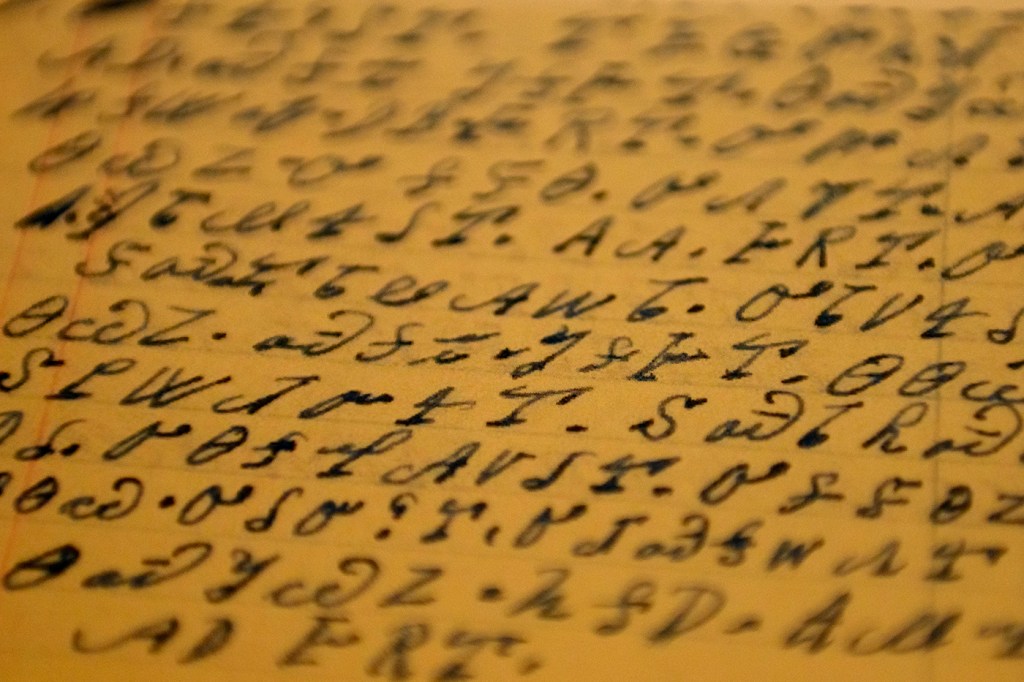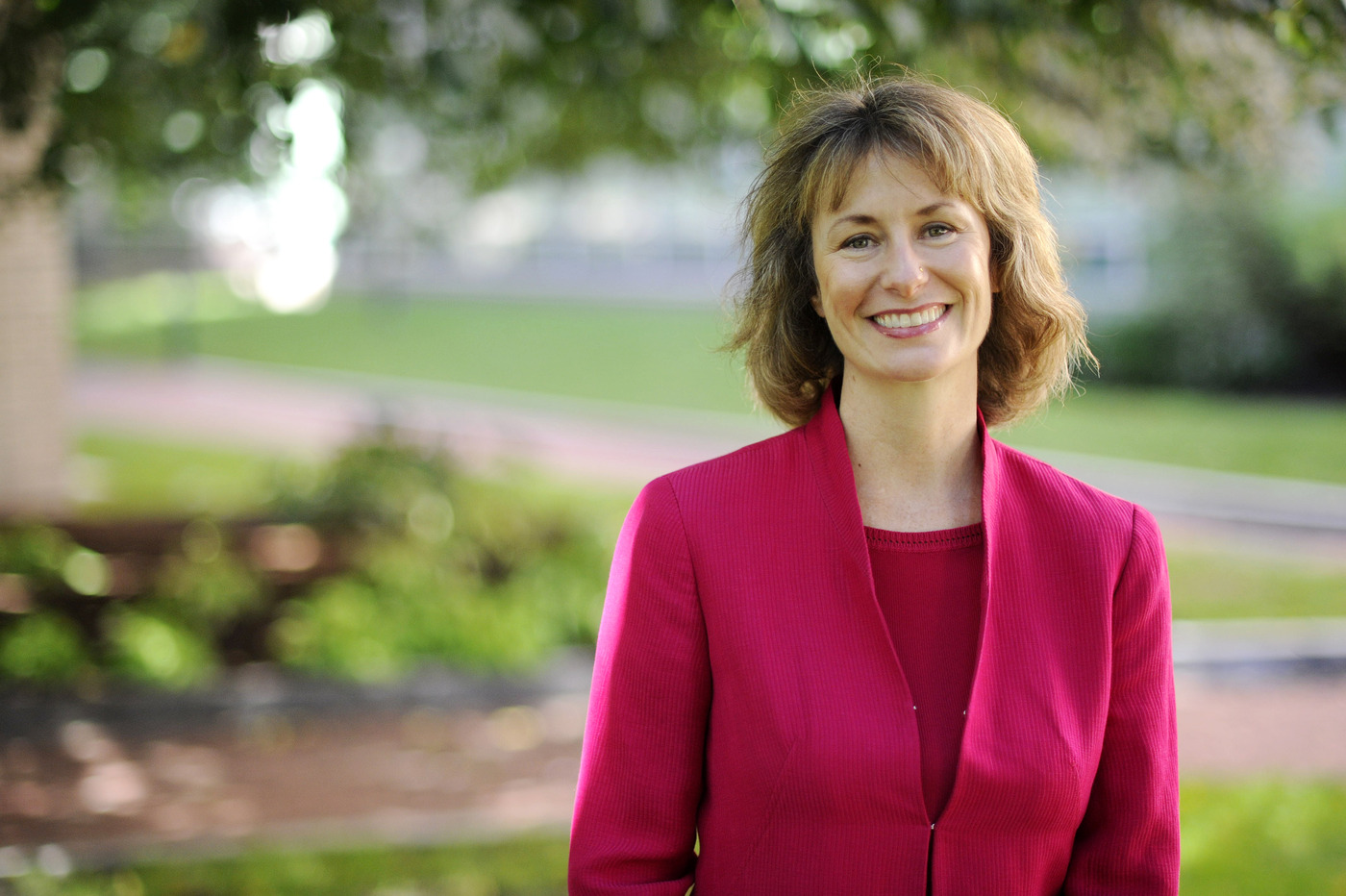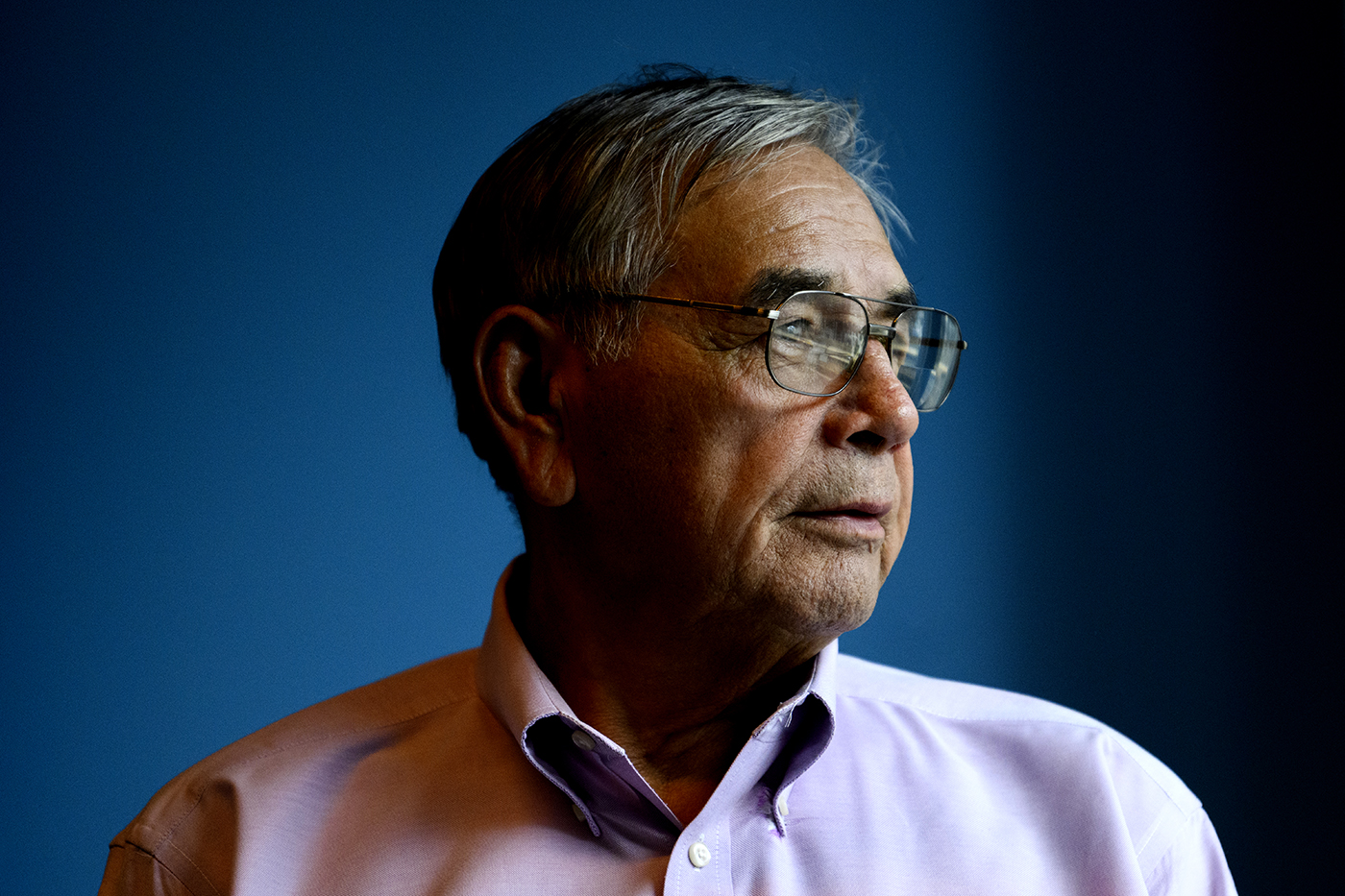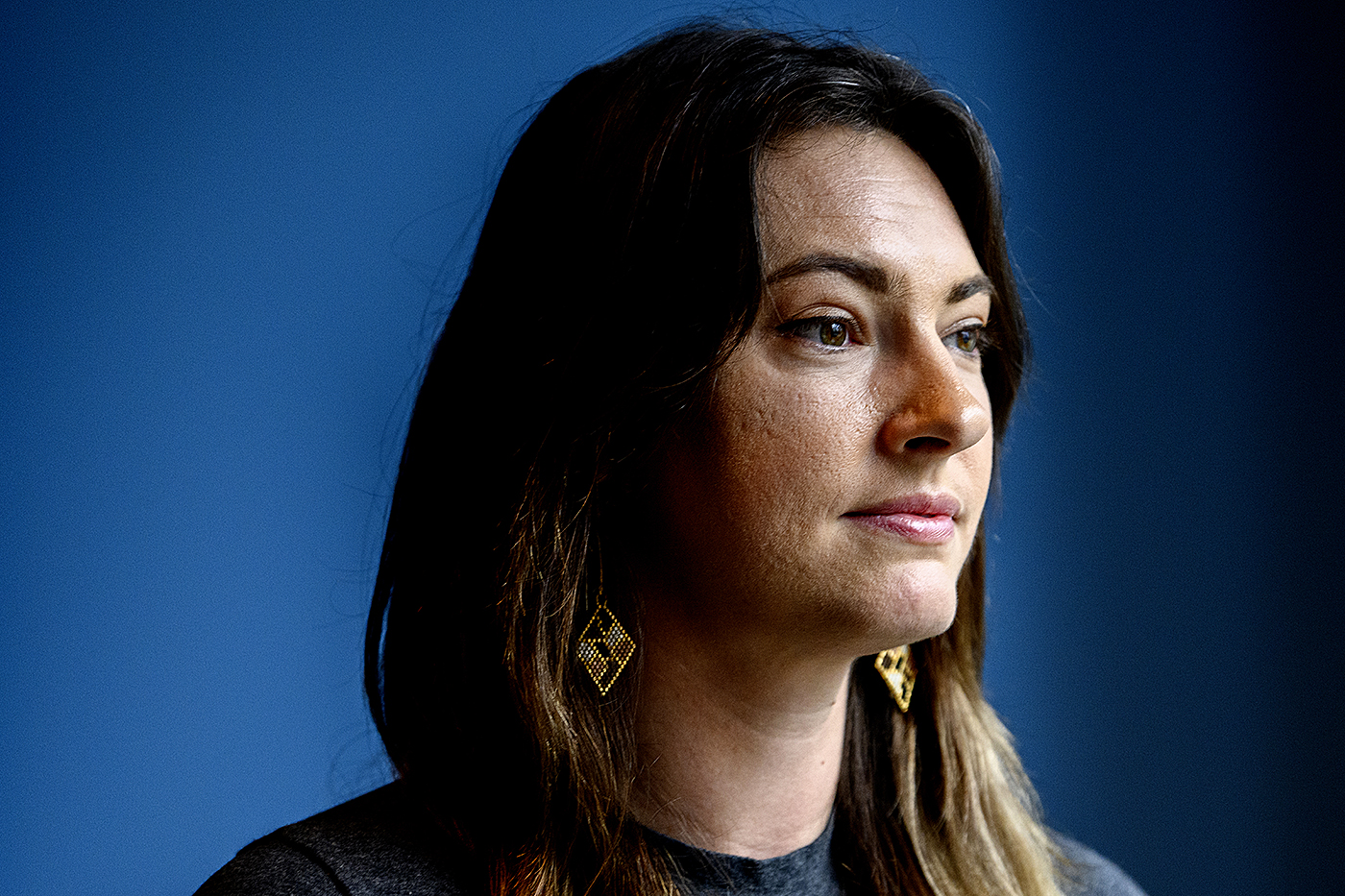To save Cherokee language, a digital tool shares tales of Standing Rock and Big Snake with the next generation

For John Chewey, the sounds of the Cherokee language are the sounds of home. Growing up in Oklahoma as a member of the United Kheetoowah Band of Cherokee Indians, everyone in his household of 10 spoke the language. But Chewey knows that’s not the norm for most members of the Cherokee Nation.
With only about 2,000 native Cherokee speakers, many of whom are in their 70s or older, Cherokee, like many indigenous languages, is in danger. But members of the UKB, in collaboration with Northeastern University, are fighting to make sure their language persists for generations to come.
Housed at Northeastern, Cherokees Writing the Keetoowah Way, a potentially life-changing digital resource, aims to help ensure the Cherokee language persists. CWKW, a product of Northeastern’s Digital Archive of American Indian Languages Preservation and Perseverance, brings to life historic Cherokee documents––from prison letters to myths––by translating them into English and integrating them into Cherokee language lessons that can be used by speakers of any skill level.

For Ellen Cushman, dean’s professor of civic sustainability and professor of English at Northeastern, founder and project leader of DAILP and citizen of the Cherokee Nation, the goal of CKWK goes beyond language preservation. She says language persistence is key to the project, ensuring that Cherokee is not just seen and used as a connection to the past but instead has a future.
“How do we read, write, speak and learn together as we’re recuperating the language and the words that haven’t been spoken in generations?” Cushman says. “The more that we’re able to demonstrate that it’s still useful and still important and still vibrant and something that connects you across generations and distances––thousands of miles in our case––absolutely you have whole new reasons and purposes to practice.”
Bri Alexander, a research associate at DAILP who works with and is enrolled in the Cherokee Nation and Shawnee Tribe, says losing language is the equivalent of losing your identity. Language defines how you perceive and understand yourself and the world. It’s the reason why projects like the CWKW are so invaluable.
“The Cherokee language is Cherokee,” Alexander says. “Cherokee in particular is very descriptive, and there’s a lot more verbs than nouns. So, it’s a doing language and a descriptive language. You just relate differently to the world when you’re speaking Cherokee, and that perspective really needs to carry on and continue.”
The foundation of CWKW is the hard work of UKB members who saw “a lack of historical documentation of our people” and decided to do something about it, says Ernestine Berry, a tribal member of the UKB and member of the DAILP advisory board.
As director of the John Hair Cultural Center and Museum, Berry started collecting and translating Cherokee manuscripts from community members into English. The volume and diversity of documents she and her team uncovered surprised her.
“As we began to search, we began to find documents that were from the 1860s, 1850s,” Berry says. “We collected more than 100 years of documents for our people.”
Berry provided about 100 translated documents to DAILP, which set about making a site that could host and bring to life the rich history contained in them. CWKW currently includes 87 documents spread across four categories: funeral notices, letters, stories/myths and government documents.


The documents provide insights into lives lived, like the Dollie Duncan letters, notes written from people in prison to their families. Meanwhile the collection of myths and stories show how vital storytelling was, and is, to the Cherokee. Stories like “Old Man Butterfly at Standing Rock,” about an elderly craftsman of musical instruments, and “Thunder and Big Snake,” which details a competition between a man and a massive serpent, have been passed down for generations. Speaking the words would breathe life into them, animating not only the Cherokee language but the Cherokee themselves.
“They would tell those stories when I was growing up,” says Chewey, who served as a translation specialist on the project. “To see them in writing and how we’re able to translate them, we’re almost able to see life taking place in those times when they wrote those.”
DAILP collaborated with a team of UKB community members who served as Cherokee translators on the project. With their help, Cushman, along with several Northeastern students, broke down each document into a written translation of each individual word as well as the entire text of the documents. Most documents also have audio translations recorded by members of the UKB as well as a picture of the original document, depicting browned journal pages or letters with handwritten syllabary of the Cherokee language.
The more that we’re able to demonstrate that it’s still useful … and something that connects you across generations and distances … you have whole new reasons and purposes to practice.
Ellen Cushman, dean’s professor of civic sustainability; professor of English; founder and project leader of DAILP and citizen of the Cherokee Nation
Naomi Trevino, an assistant project manager on CWKW and class of 2022 Northeastern graduate, says the team’s next step is to create tools that will let community members directly edit the site to provide additional context and commentary on specific document entries and translations.
“I’m really excited to take that jump, going from having this be a project where community members are building with us and getting to a point where the community members can run with it on their own,” Trevino says.
But what sets CWKW apart from other archival projects is that it’s not just a digital repository for historic documents. It also includes lessons and exercises, based on the documents in CWKW, designed to help Cherokee instructors and learners. It’s the kind of tool that is invaluable for a new generation of Cherokee who are becoming more interested in learning the language, Chewey says.
“There’s this [generation] that was like, ‘We were told speaking the language wouldn’t mean anything, that we wouldn’t have to use it. Learn the English, learn the white man’s ways because the Cherokee is going to be gone,’” Chewey says. “But now some of the younger ones, they’re wanting to learn. They’re wondering, ‘Who are we?’ and ‘What’s the language?’”
On top of the genocide of indigenous people that has occurred throughout U.S. history, there is a long history of active attempts by the U.S. government to erase indigenous languages and culture. It’s been effective. There are 245 indigenous languages in the U.S., but 65 are already extinct and 75 are moving in that direction, according to the Administration for Native Americans.
Most tribes in the U.S. are engaged in some kind of language persistence project, including the Cherokee Nation. The team behind CWKW believe that the project can help contribute to those efforts to reverse the centuries of damage that have been dealt to the Cherokee language––and other languages as well. DAILP has been talking with members of the Eastern Band of Cherokee Indians and the Southern Cheyenne about using documents they have collected to create their own versions of CWKW.
“I’ve never been more hopeful about the future of our language,” says Eva Garroutte, a citizen of the Cherokee Nation and member of DAILP’s advisory board.
Cody Mello-Klein is a Northeastern Global News reporter. Email him at c.mello-klein@northeastern.edu. Follow him on Twitter @Proelectioneer.






